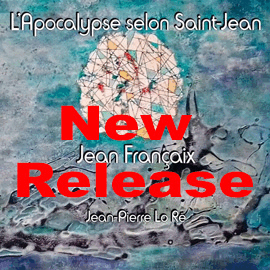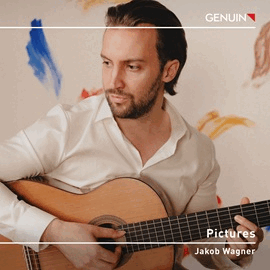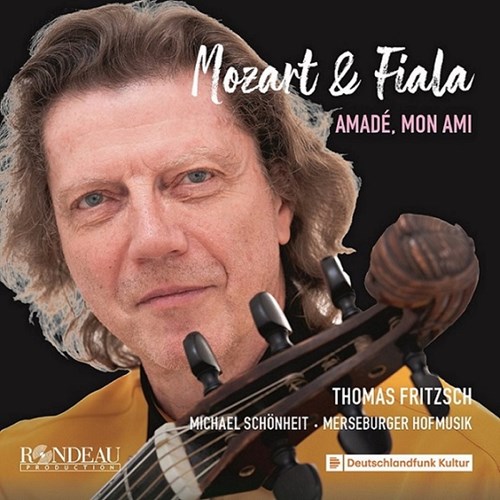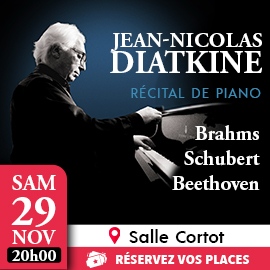Die Gambe hatte in der Barockmusik ihre Hochzeit. Doch schon als Georg Philipp Telemann 1735 seine zwölf Fantasien für dieses Instrument schrieb, war es eigentlich schon nicht mehr so richtig en vogue. Diese Werke wurden vom Gambisten Thomas Fritzsch wiederentdeckt und 2015 bei Coviello Classics erstmals aufgenommen. Dass der Künstler bei Rondeau nun erneut eine Weltersteinspielung mit Musik für sein Instrument vorlegt, überrascht denn auch weniger als es die eingespielten Komponisten tun: Der eine ist Joseph Fiala, der andere sein Zeitgenosse Wolfgang Amadeus Mozart.
Dass es von Mozart Originalwerke für Gambe gibt, hatte sein Vater Leopold bezeugt. Die eingespielten Werke sind jedoch nicht sämtlich als originäre Kompositionen überliefert. Aber es sind, wie Fritzsch betont, ‘Mozarts Gambenspuren’, die es durchaus wert sind verfolgt zu werden. Im informativen Booklet erfährt man mehr dazu. Diese Spuren speisen sich aus Begegnungen Mozarts mit bedeutenden Gambisten seiner Zeit, darunter auch Fiala, der der CD ihren Untertitel ‘Amadé, mon ami’ gab.
Zu hören sind von Fiala Werke für Viola da gamba und Pianoforte, eine Sonate mit Violine, Cello und Klavier und ein (mit je zwei Flöten, Hörnern und Violen sowie Cello und Klavier üppiger besetztes) Concerto, das parallel auch als Erstdruck in Notenform erschienen ist. Mozart ist mit einem Andantino für Gambe und Pianoforte, einer bass- und einer klavierbegleiteten Sonate sowie einem Gambensolo zu vertreten. In der Johann-Georgen-Kirche im sächsischen Schleberoda (die einen ebenfalls im Booklet erwähnten spannenden Bach-Bezug hat) musiziert Thomas Fritzsch gemeinsam mit Pianist Michael Schönheit und der von diesem geleiteten Merseburger Hofmusik. Das Orchester überzeugt auf alten Instrumenten mit barocker Stimmung durch transparentes und höchst kantables Spiel.
Die aufgenommenen Werke erinnern zuweilen an Kammermusik von Joseph Haydn, wobei die Musik einen attraktiven Bogen schlägt: Auf der einen Seite hört man in den Orchesterstücken die Leichtigkeit der Klassik, auf der anderen Seite klingt das Soloinstrument in gewisser Weise retrospektiv barock (vor allem in der Aria „In diesen heilgen Hallen“ KV 620). In diesem Spannungsfeld lässt sich die Kantabilität von Fritzschs Spiel sozusagen aus zwei Richtungen her goutieren. Dass der Künstler ein Instrument aus dem Jahr 1709 spielt, auf dem Fiala selbst musiziert hat, verleiht den Stücken natürlich eine besondere Authentizität.
Spannend ist dabei die Klangwirkung des Instruments: Von Michael Schönheit auf einem Tafelflügel aus der Zeit um 1785 und auf einem Tangentenflügel von 1790 begleitet, changiert der Ton immer wieder zwischen Viola da gamba und Violoncello. Nicht ohne Zufall kommt einem manches auch vertraut vor: So kennt man KV 292 als Sonate für Fagott und Violoncello. Fritzsch und Schönheit stellen das Werk hier nun auf den Kopf: Die Solostimme gehört der Gambe, die Bassbegleitung dem Tangentenflügel. Nicht nur hier spricht den Hörer das inspirierte Miteinander an – eine interessante Spurensuche.
The viola da gamba had its heyday in baroque music. But by the time Georg Philipp Telemann wrote his twelve fantasies for this instrument in 1735, it was actually no longer really in vogue. These works were rediscovered by gambist Thomas Fritzsch and recorded for the first time in 2015 on Coviello Classics. That the artist now presents another world premiere recording of music for his instrument on Rondeau is less surprising than the recorded composers: One is Joseph Fiala, the other his contemporary Wolfgang Amadeus Mozart.
That there are original works for viola da gamba by Mozart was attested by his father Leopold. The recorded works, however, have not all survived as original compositions. But they are, as Fritzsch points out, ‘Mozart’s viola da gamba traces’, which are well worth following. In the informative booklet one learns more about it. These traces are fed by Mozart’s encounters with important gamba players of his time, including Fiala, who gave the CD its subtitle ‘Amadé, mon ami’.
Fiala’s works are for viola da gamba and pianoforte, a sonata with violin, cello and piano and a concerto (with two flutes, horns and violas as well as cello and piano), which was also published as a first edition. Mozart is represented with an Andantino for viola da gamba and pianoforte, a bass- and a piano-accompanied sonata as well as a viola da gamba solo. In the Johann-Georgen-Kirche in Schleberoda, Saxony (which has an exciting Bach connection also mentioned in the booklet), Thomas Fritzsch performs together with pianist Michael Schönheit and the Merseburger Hofmusik conducted by the latter. The orchestra convinces on old instruments with baroque mood by transparent and highly cantabile playing.
The recorded works are at times reminiscent of chamber music by Joseph Haydn, with the music making an attractive arc: On the one hand, one hears the lightness of the classical period in the orchestral pieces; on the other hand, the solo instrument sounds in a certain way retrospectively baroque (especially in the aria In diesen heilgen Hallen, K. 620). In this field of tension, the cantabile nature of Fritzsch’s playing can be appreciated from two directions, so to speak. The fact that the artist plays an instrument from 1709, on which Fiala himself played, naturally lends the pieces a special authenticity.
The sound of the instrument is exciting: accompanied by Michael Schönheit on a table grand from around 1785 and on a tangent grand from 1790, the sound repeatedly alternates between viola da gamba and violoncello. Not without coincidence, some of the pieces seem familiar: For example, one knows KV 292 as a sonata for bassoon and violoncello. Fritzsch and Schönheit turn the work upside down here: the solo part belongs to the viola da gamba, the bass accompaniment to the tangent piano. It is not only here that the inspired togetherness appeals to the listener – an interesting search for traces.





















